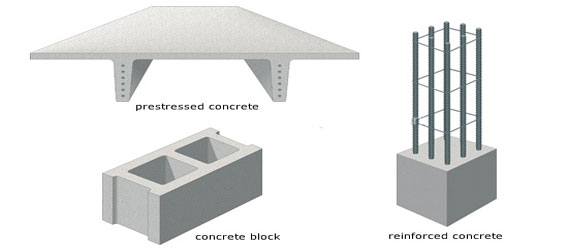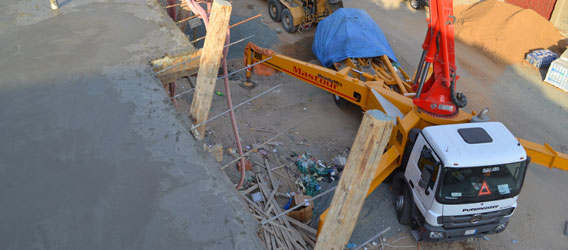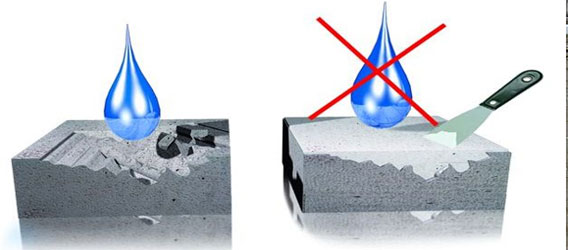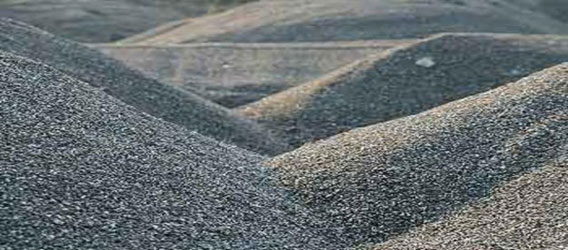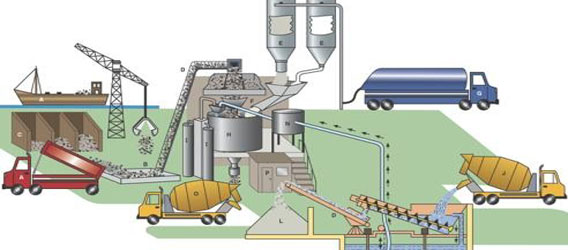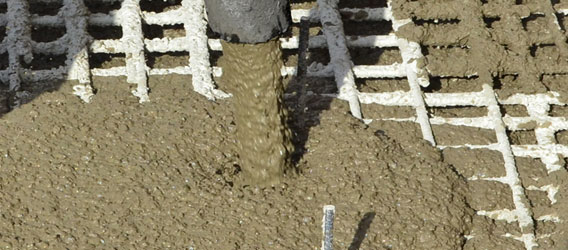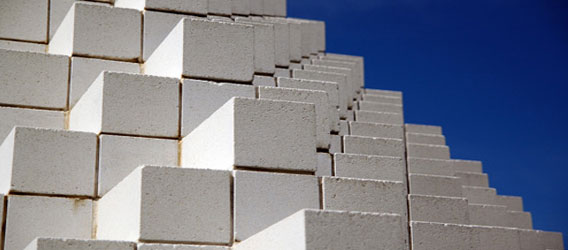 |
| Mastour Ready Mix is a well-established and market leading ready mix concrete producer in Jeddah Kingdom of Saudi Arabia |
In its simplest form, concrete is a mixture of paste and aggregates
(sand & rock). The paste, composed of cement and water, coats the
surface of the fine (sand) and coarse aggregates (rocks) and binds them
together into a rock-like mass known as concrete.
Within this process lies the key to a remarkable trait of concrete:
it’s plastic and can be molded or formed into any shape when newly
mixed, strong and durable when hardened. These qualities explain why one
material, concrete, can build skyscrapers, bridges, sidewalks, and
superhighways, houses and dams.
Proportioning
The key to achieving a strong, durable concrete rests on the careful
proportioning and mixing of the ingredients. A concrete mixture that
does not have enough paste to fill all the voids between the aggregates
will be difficult to place and will produce rough, honeycombed surfaces
and porous concrete. A mixture with an excess of cement paste will be
easy to place and will produce a smooth surface; however, the resulting
concrete will be more likely to crack and be uneconomical.
A properly proportioned concrete mixture will possess the desired work-ability for the fresh concrete and the required durability and
strength for the hardened concrete.
The character of concrete is determined by the quality of the paste. The
strength of the paste, in turn, depends on the ratio of water to
cement. The water-cement ratio is the weight of the mixing water divided
by the weight of the cement. High-quality concrete is produced by
lowering the water-cement ratio as much as possible without sacrificing
the work-ability of fresh concrete. Generally, using less water produces a
higher quality concrete provided the concrete is properly placed,
consolidated and cured.
Hydration Begins
Soon after the aggregates, water, and the cement are combined, the
mixture starts to harden. All Portland cements are hydraulic cements
that set and harden through a chemical reaction with water. During this
reaction, called hydration, a node forms on the surface of each cement
particle. The node grows and expands until it links up with nodes from
other cement particles or adheres to adjacent aggregates.
The building up process results in progressive stiffening, hardening,
and strength development. Once the concrete is thoroughly mixed and
workable it should be placed in forms before the mixture becomes too
stiff.
During placement, the concrete is consolidated to compact it within
the forms and to eliminate potential flaws, such as honeycombs and air
pockets. For slabs, concrete is left to stand until the surface moisture
film disappears. After the film disappears from the surface, a wood or
metal hand float is used to smooth off the concrete. Floating produces a
relatively even, but slightly rough, texture that has good slip
resistance and is frequently used as a final finish for exterior slabs.
If a smooth, hard, dense surface is required, floating is followed by
steel toweling.
Curing begins after the exposed surfaces of the concrete have
hardened sufficiently to resist marring. Curing ensures the continued
hydration of the cement and the strength gain of the concrete. Concrete
surfaces are cured by sprinkling with water fog, or by using
moisture-retaining fabrics such as burlap or cotton mats. Other curing
methods prevent evaporation of the water by sealing the surface with
plastic or special sprays (curing compounds).
Special techniques are used for curing concrete during extremely cold
or hot weather to protect the concrete. The longer the concrete is kept
moist, the stronger and more durable it will become. The rate of
hardening depends upon the composition and fineness of the cement, the
mix proportions, and the moisture and temperature conditions. Most of
the hydration and strength gain take place within the first month of
concrete’s life cycle, but hydration continues at a slower rate for many
years. Concrete continues to get stronger as it gets older.











